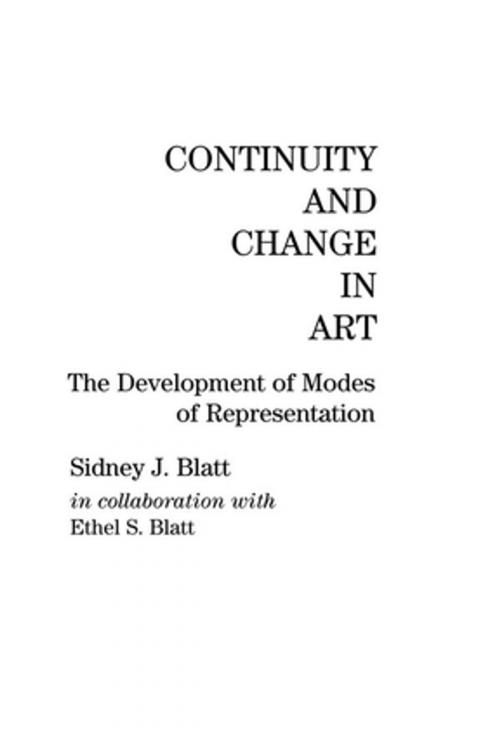Continuity and Change in Art
The Development of Modes of Representation
Nonfiction, Health & Well Being, Psychology, Clinical Psychology, Mental Health| Author: | Sidney J. Blatt, Ethel S. Blatt | ISBN: | 9781317769002 |
| Publisher: | Taylor and Francis | Publication: | April 4, 2014 |
| Imprint: | Routledge | Language: | English |
| Author: | Sidney J. Blatt, Ethel S. Blatt |
| ISBN: | 9781317769002 |
| Publisher: | Taylor and Francis |
| Publication: | April 4, 2014 |
| Imprint: | Routledge |
| Language: | English |
The representation of the form of objects and of space in painting, from paleolithic through contemporary time, has become increasingly integrated, complex, and abstract. Based on a synthesis of concepts drawn from the theories of Piaget and Freud, this book demonstrates that modes of representation in art evolve in a natural developmental order and are expressions of the predominant mode of thought in their particular cultural epoch. They reflect important features of the social order and are expressed in other intellectual endeavors as well, especially in concepts of science. A fascinating evaluation of the development of cognitive processes and the formal properties of art, this work should appeal to professionals and graduate students in developmental, cognitive, aesthetic, personality, and clinical psychology; to psychoanalysts interested in developmental theory; and to anyone interested in cultural history -- especially the history of art and the history of science.
The representation of the form of objects and of space in painting, from paleolithic through contemporary time, has become increasingly integrated, complex, and abstract. Based on a synthesis of concepts drawn from the theories of Piaget and Freud, this book demonstrates that modes of representation in art evolve in a natural developmental order and are expressions of the predominant mode of thought in their particular cultural epoch. They reflect important features of the social order and are expressed in other intellectual endeavors as well, especially in concepts of science. A fascinating evaluation of the development of cognitive processes and the formal properties of art, this work should appeal to professionals and graduate students in developmental, cognitive, aesthetic, personality, and clinical psychology; to psychoanalysts interested in developmental theory; and to anyone interested in cultural history -- especially the history of art and the history of science.















